Aluísio Carvão - ARTSAMPA 22
photos: Jaime Acioli
photo of artist: José Paulo Gandra Martins
Towards the end of the 1950s, the relationship between color, space and expression in
Carvão’s work continued to mature toward a liberation and spatialization of color. In Claro-vermelho (Light-Red, 1959) phase and the Cromáticas (Chromatics) phase (1957-1960), the line condenses in chromatic density, which in turn proceeds to materialize, gaining texture and thickness. Indeed, what this color acquires is its own temporality, which moves indefinitely between tone and form.
The very complex use of tonal colours in Carvão, with unbound pigments, brings a lot of texture to the picture plane and a more attentive gaze to the beholder.
Luiz Camillo Osorio - "The Adventure of Color in Brazilian
Art: Aluísio Carvão, Hélio Oiticica, and Roberto Burle Marx."
Publicado em Purity is a Myth - Getty Research Institute - 2021
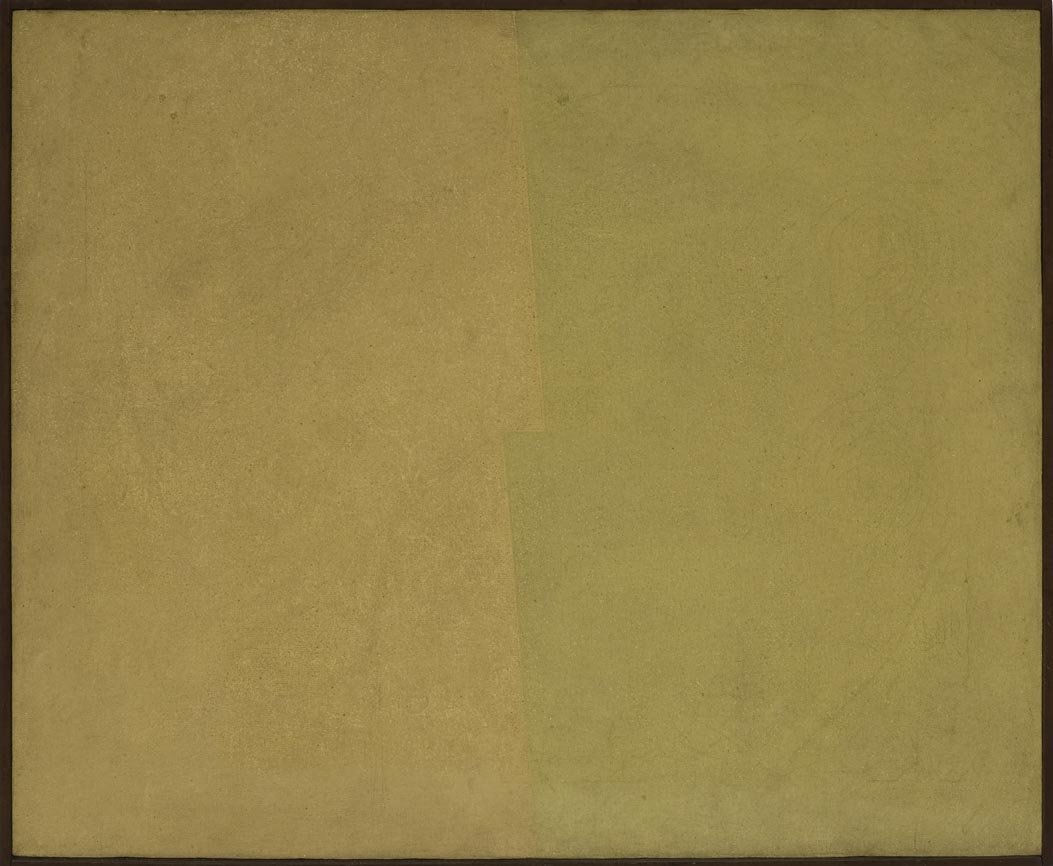
Aluísio Carvão - 50x61cm - Cromática IV - Tempera s/ Tela
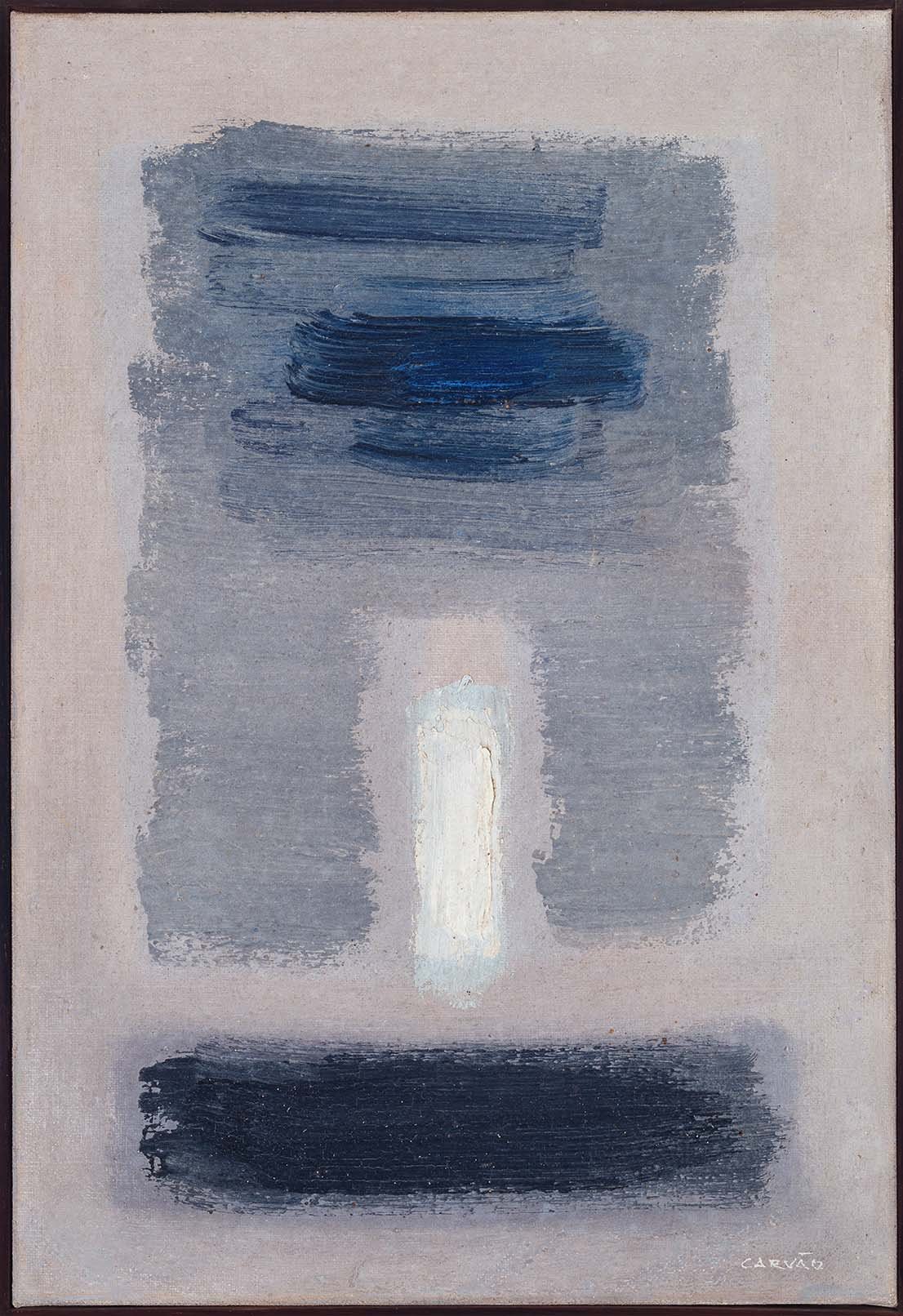
Aluísio Carvão - 1961 - 56x36cm - Sem Título - OST
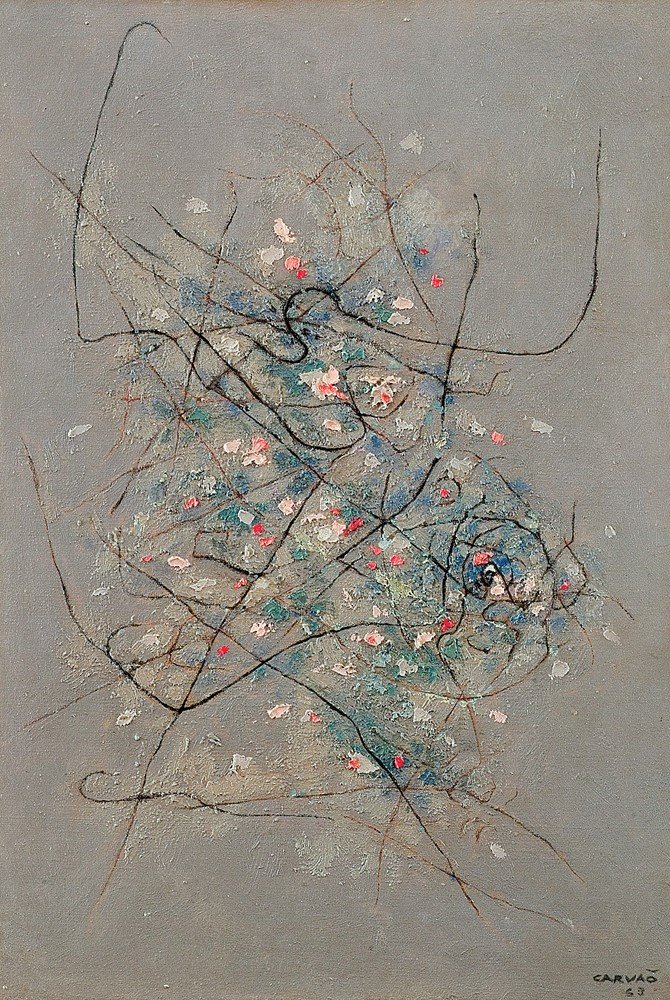
Aluísio Carvão - 1963 - 55x38cm - Sem Título - OST

Aluísio Carvão - 1978 - 25x33cm - Pra Maria José - OST
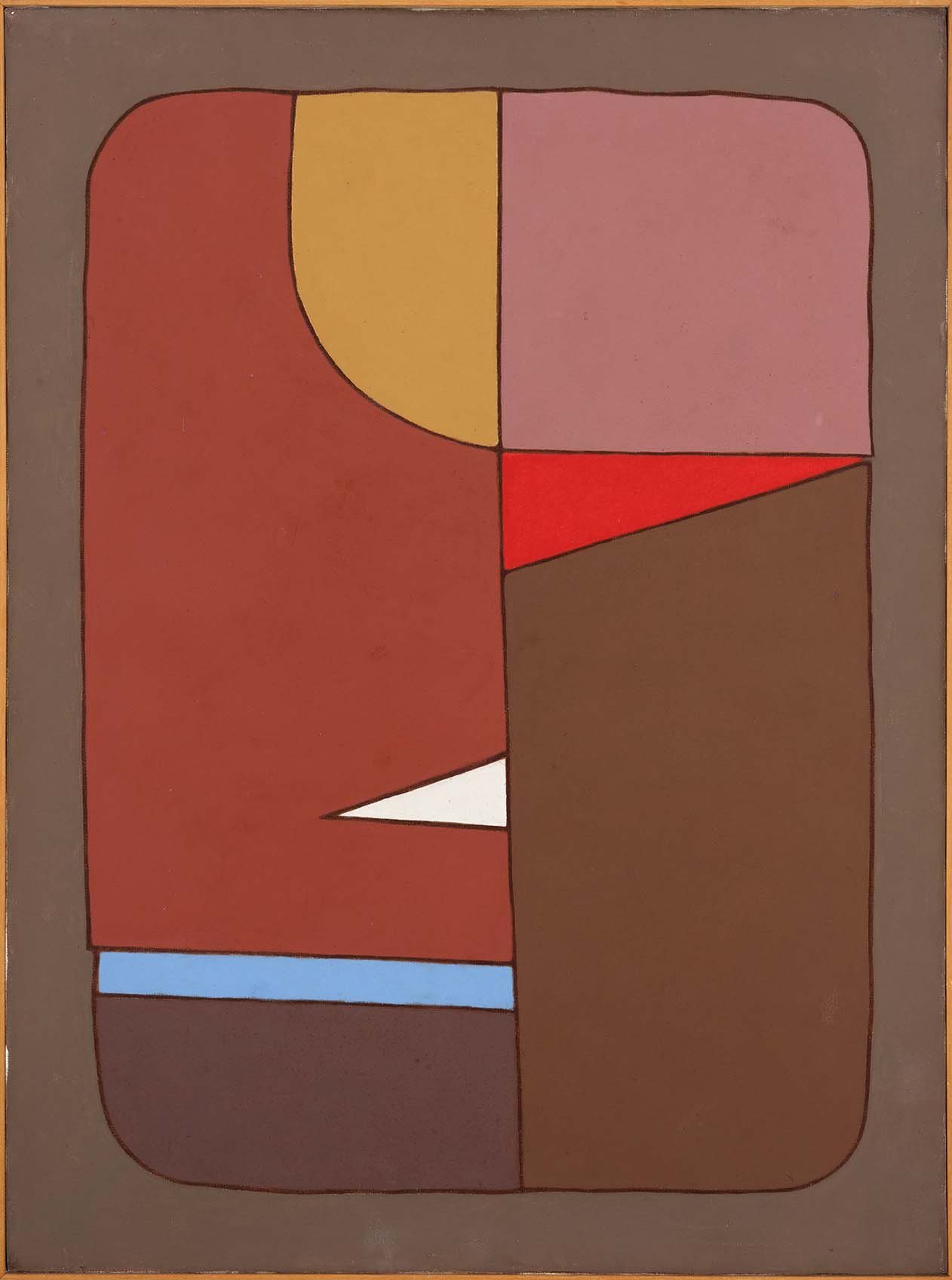
Aluísio Carvão - 1979 - 80x60cm - Personagem - Tempera s/ Tela

Aluísio Carvão - 1982 - 115x100cm - Brasiliana Amazônica - OST

Aluísio Carvão - 1982 - 73x116cm - Espiral
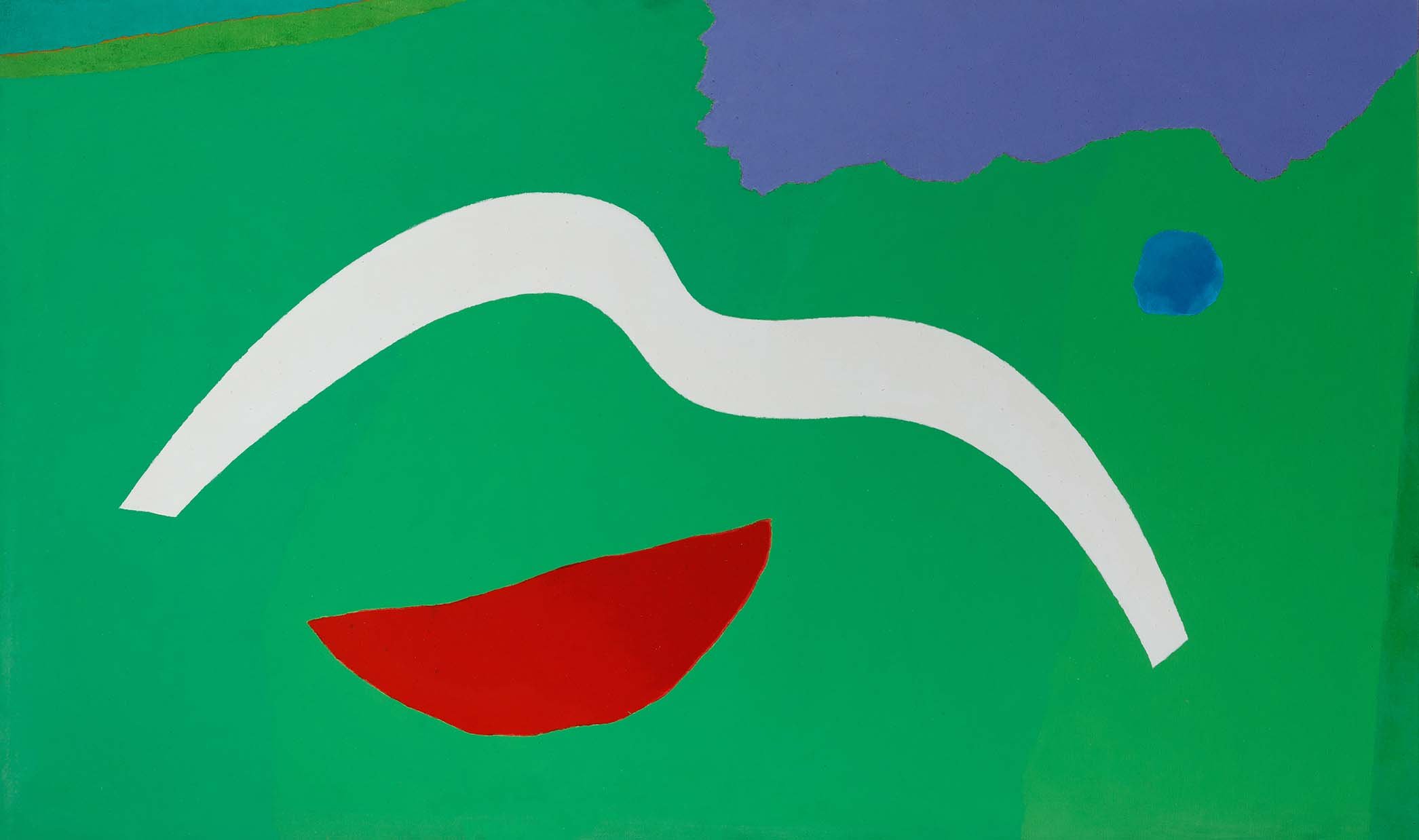
Aluísio Carvão - 1986 - 92x160cm - Sem Título - OST

Aluísio Carvão - 1986 - 150x140cm - Sem Título - OST


